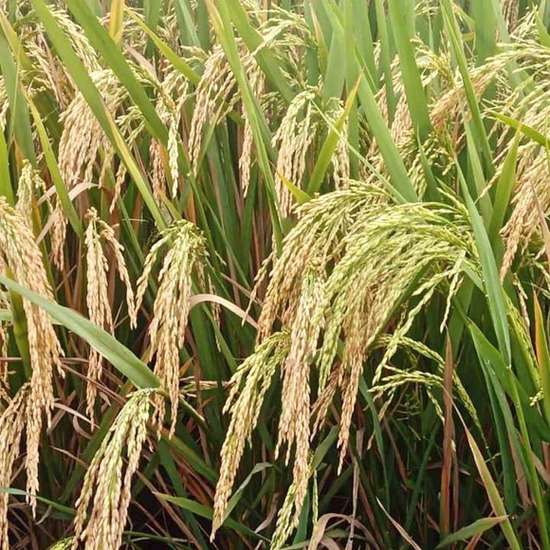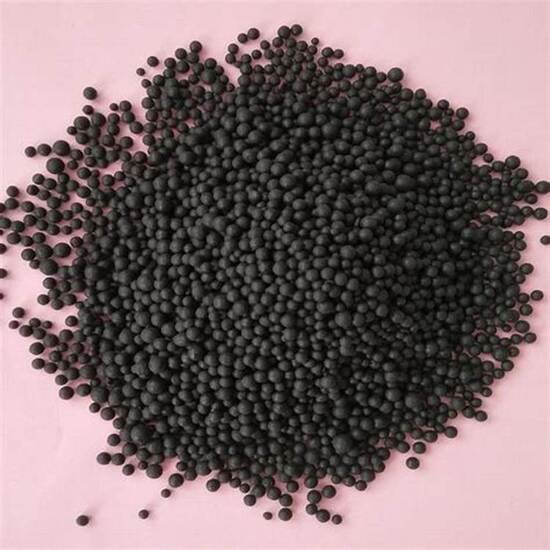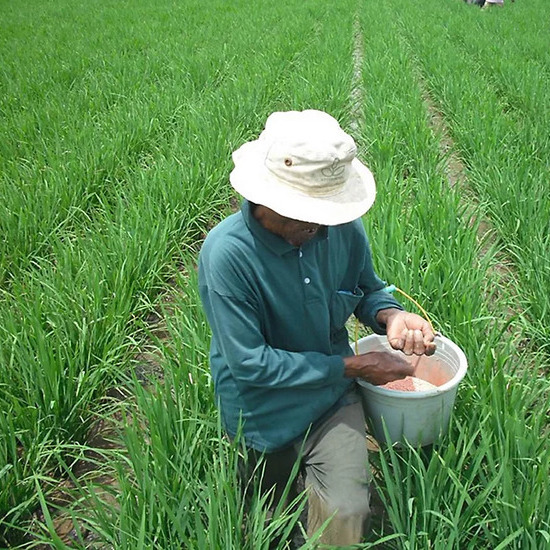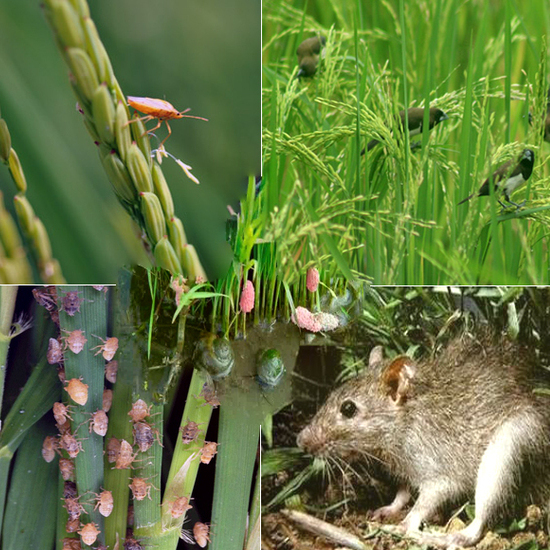How to Plant Turmeric in Pots So That They Grow Quickly and Produce Fertile Products
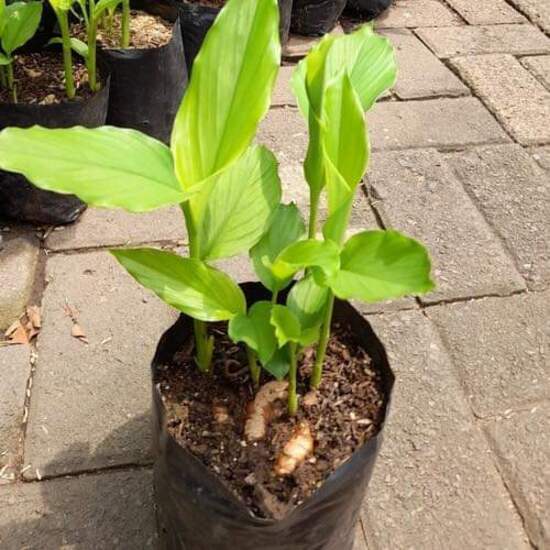
Planting turmeric (Curcuma longa) in pots is an ideal solution for those who want to enjoy the benefits of this herbal plant but have limited land. PT Matari Agro Indonesia, as a provider of integrated agricultural consulting and training services, is committed to helping farmers and urban plant lovers maximize the potential of herbal plants such as turmeric, even in limited spaces. Through comprehensive training programs and practical guidance, PT Matari Agro Indonesia provides the knowledge and skills needed to successfully grow turmeric in pots, ensuring that plants grow fertile and healthy.
Turmeric is widely known for its amazing health benefits and as a flavorful cooking spice. Amidst the increasing interest in healthy lifestyles and natural products, turmeric cultivation is becoming increasingly relevant and attractive. By utilizing the right planting techniques and optimal care, turmeric can grow well in pots, giving satisfactory results in terms of both quality and quantity. PT Matari Agro Indonesia provides a complete and easy-to-follow guide, helping every individual to utilize the limited space in their homes effectively.
This article will outline the practical steps for planting turmeric in pots, from preparing the planting medium to harvesting. This comprehensive discussion includes choosing the right pot, daily care, and efficient harvesting techniques. With guidance from PT Matari Agro Indonesia, growing turmeric in pots is not only possible, but also a fun and rewarding activity. Whether you are a beginner or experienced farmer, the information in this article will enrich your knowledge and help you achieve the best results in growing turmeric in pots. This article will outline the practical steps for planting turmeric in pots, from preparing the planting medium to harvesting.
1. Preparing Turmeric Planting Media
A good planting medium is the initial determinant of the success of turmeric cultivation in pots. The soil used must be loose and fertile, indicated by the presence of many small worms in it, indicating that the soil is rich in organic matter.
Choose a large pot because turmeric can grow to more than 1 meter. The pot must have a depth of at least 30 cm (12 inches) and a width of 30-45 cm (12-18 inches) to provide enough space for the turmeric tubers to spread. One or two turmeric rhizomes can be planted in a pot of that size.
2. Planting Turmeric
Turmeric can be planted all year round in Indonesia. For subtropical areas, the best season to plant turmeric is spring or summer when temperatures are stable above 12°C.
Planting steps:
- Break the large rhizome into small pieces, each with two or three shoots.
-
Fill the pot with moist, well-drained organic soil.
- Plant the rhizome about 5cm (2 inches) below the surface of the soil with the bud facing upwards.
- Water the soil until it is moist.
Turmeric plants require a warm, humid climate to thrive.
3. Plant Position
Place the pot in a location that is sheltered from the wind. In tropical areas, turmeric grows well in dappled shade and does not like direct sunlight all day. In temperate climates, the plant needs full sun with some afternoon shade.
4. Soil
Use a light, loamy soil rich in organic matter. Make sure the soil is well-drained to prevent the plant from suffering from waterlogging.
5. Watering
Keep the soil moist throughout the growing season. Water the plant regularly to maintain soil moisture.
6. Temperature
The ideal temperature for growing turmeric is between 20-35°C. Temperatures below this can cause the plant to suffer.
7. Fertilizer
Fertilize the turmeric plant every month with an all-purpose liquid fertilizer during the growing season. Manure or compost is also very helpful in providing additional nutrients.
8. Pruning
Turmeric does not require special pruning. Simply remove dry leaves regularly to keep the plant clean.
9. Pests and Diseases
Turmeric plants are generally resistant to diseases and pests. However, red spider mites and scales can be a problem. Common diseases include rhizome rot and leaf spots. Rot usually occurs if the soil is too moist, so it is important to ensure good soil drainage.
10. Harvest
Turmeric can be harvested after 8 to 10 months. Signs that it is ready to harvest are yellowing leaves and stems that are starting to dry out. To harvest, simply dig up the entire plant including the roots. Cut off the rhizomes needed and replant the rest for new plant growth.
Planting turmeric in a pot requires proper preparation and regular care. By following this guide, you can grow turmeric that is fertile and produces well. Good luck and success!
Matari Agro Indonesia is one of the most affordable and farmer-friendly agricultural consulting companies in Indonesia. We provide top-class agricultural consulting services across the country with the help of a diverse team of scientists, operational experts, and technology. If you are looking for a better return on your agricultural investment, contact the Matari Agro Indonesia team today!
